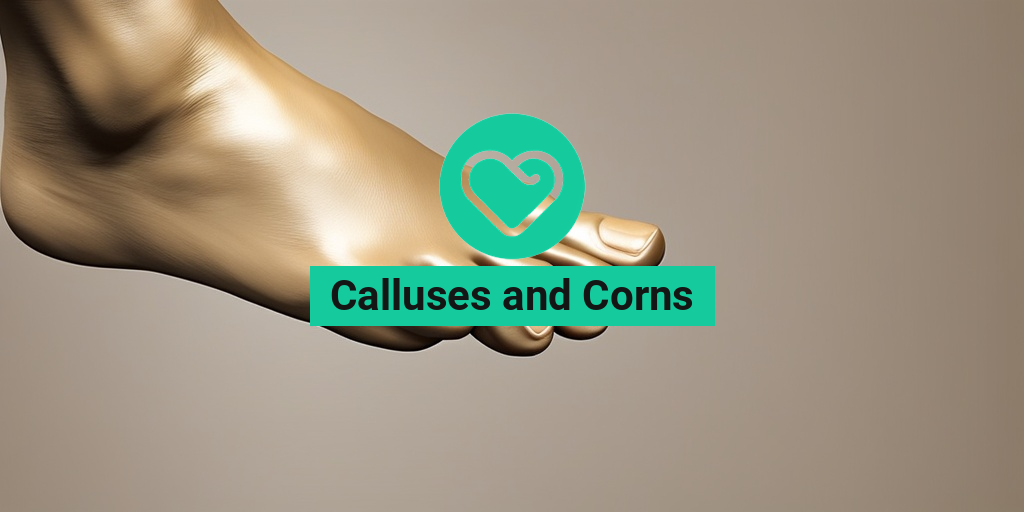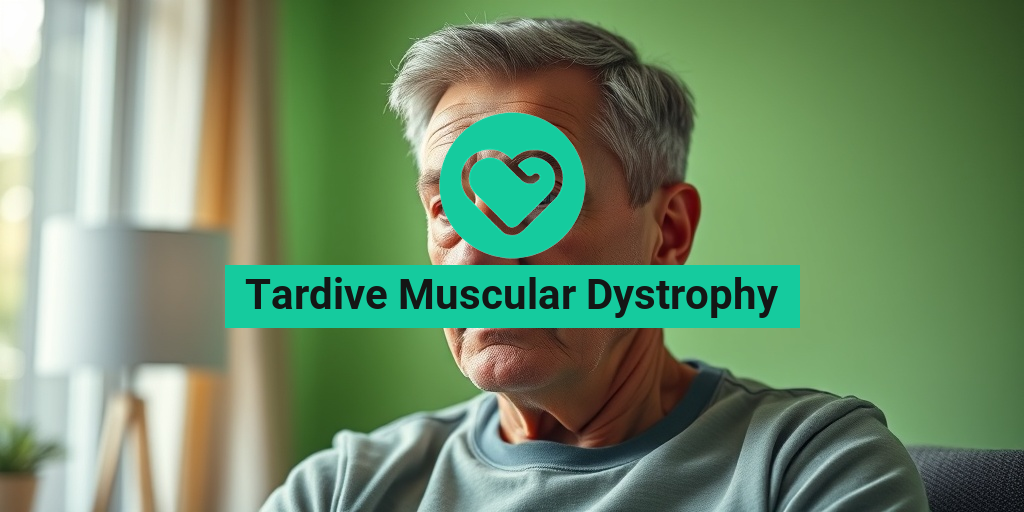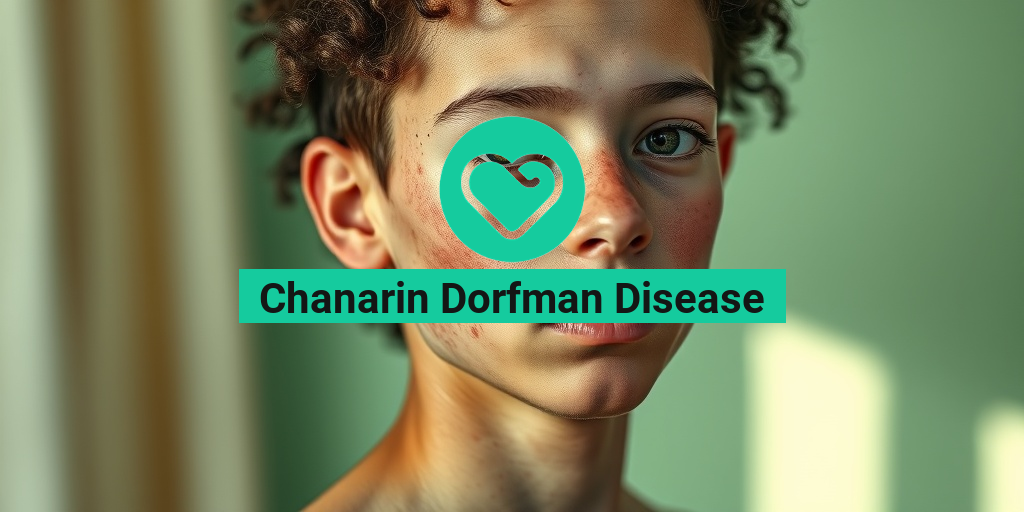What Are Calluses and Corns?
Have you ever noticed thick, hardened patches of skin on your feet or hands? 🤔 Those pesky patches are likely calluses or corns, two common skin conditions that can cause discomfort and pain. But what exactly are they, and how do they differ from one another?
What Are Calluses?
A callus is a thickened area of skin that develops as a response to repeated friction, pressure, or rubbing. It’s a natural defense mechanism that helps protect the skin from further irritation. Calluses can appear anywhere on the body, but they’re most common on the hands, feet, and knees. They can be rough, dry, and flaky, and may even crack or bleed if left untreated.
What Are Corns?
A corn, on the other hand, is a small, circular patch of thickened skin that usually develops on the tops or sides of toes. Like calluses, corns are caused by repeated pressure or friction, often from poorly fitting shoes or abnormal gait. Corns can be painful, especially when pressed or rubbed, and may lead to swelling, redness, and even infection if left untreated.
Calluses vs Corns: What’s the Difference?
So, what’s the main difference between calluses and corns? 🤔 While both are caused by friction and pressure, the key distinction lies in their location and appearance.
Location: Calluses can appear anywhere on the body, whereas corns are typically found on the toes.
Appearance: Calluses are usually larger and more irregularly shaped than corns, which are smaller and more circular.
Pain: Both calluses and corns can be painful, but corns tend to be more sensitive due to their location on the toes.
Treatment: While both can be treated with over-the-counter remedies like salicylic acid or pumice stones, corns may require more specialized care, such as trimming or padding, to alleviate pressure and discomfort.
Now that you know the difference between calluses and corns, you might be wondering how to prevent or treat them. 🤔 Stay tuned for our next article, where we’ll dive into the best home remedies and professional treatments for these pesky skin conditions! 💡
In the meantime, if you have any questions or concerns about calluses and corns, feel free to reach out to Yesil Health AI (yesilhealth.com) for evidence-based health answers and personalized guidance. 🤝
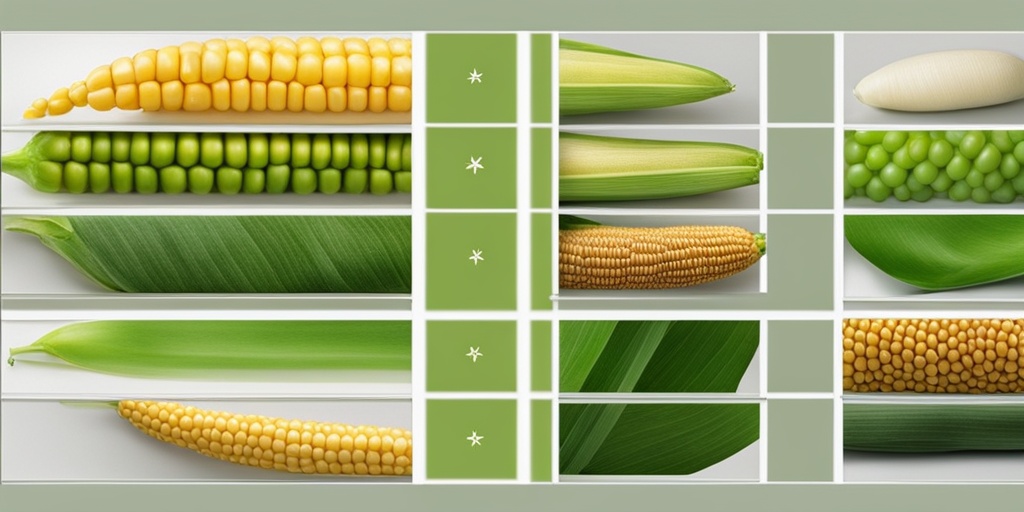
Causes of Calluses and Corns
Calluses and corns are two common foot problems that can cause discomfort, pain, and embarrassment. But what exactly causes these pesky growths to appear on our feet? 🤔
Friction and Pressure
The main culprit behind calluses and corns is repeated friction and pressure on the skin. This can occur due to various reasons, such as:
- Wearing shoes that are too tight or don’t fit properly
- Walking or running in shoes that cause friction on the skin
- Wearing high heels or shoes with thin soles
- Having abnormal gait or walking patterns
When the skin is subjected to repeated friction and pressure, it tries to protect itself by thickening and forming a callus or corn.
Genetics and Foot Mechanics
Some people may be more prone to developing calluses and corns due to their genetic makeup. For example, those with:
- Flat feet or low arches
- High arches or rigid feet
- Abnormal toe alignment or hammertoes
may be more likely to experience friction and pressure on their skin, leading to calluses and corns.
Other Factors
Other factors that can contribute to the development of calluses and corns include:
- Aging, as the skin’s natural padding wears down over time
- Repetitive activities, such as running or cycling, that cause friction on the skin
- Medical conditions, such as diabetes or arthritis, that affect the skin’s sensitivity and ability to heal
By understanding the causes of calluses and corns, we can take steps to prevent them from forming in the first place. 💡
Symptoms of Calluses and Corns
So, how do you know if you have a callus or corn? 🤔 Here are some common symptoms to look out for:
Pain and Discomfort
The most obvious symptom of a callus or corn is pain or discomfort when pressure is applied to the affected area. This can be:
- Painful to walk or stand
- Tender to the touch
- Achy or sore
The pain can range from mild to severe, depending on the size and location of the callus or corn.
Visual Signs
Calluses and corns can also be identified by their appearance. Look for:
- A thickened area of skin that’s usually yellow or white
- A small, circular patch of skin that’s harder than the surrounding area
- A bump or lump on the skin that’s painful to the touch
In some cases, calluses and corns may also be accompanied by redness, swelling, or inflammation around the affected area.
By recognizing the symptoms of calluses and corns, you can take action to treat and prevent them from causing further discomfort. 💪
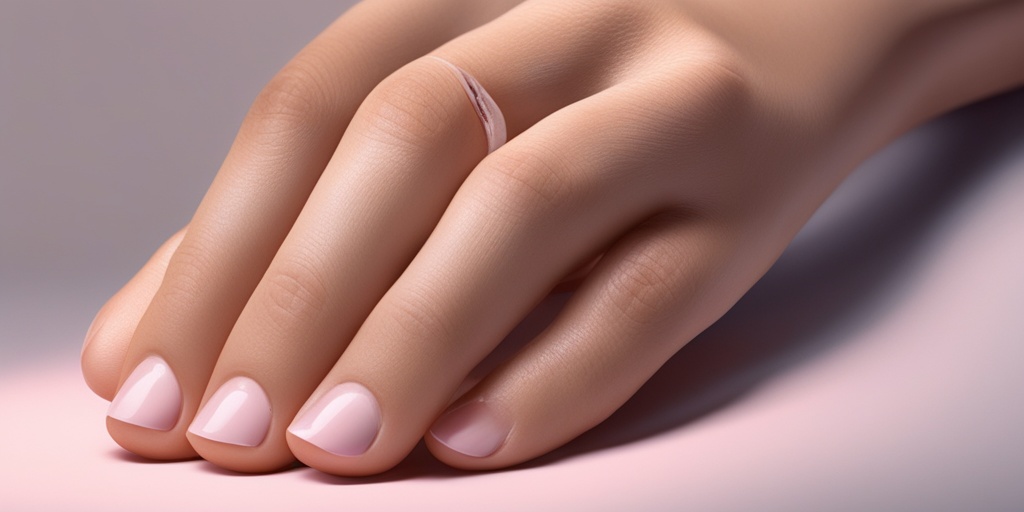
Risk Factors for Developing Calluses and Corns
Calluses and corns are common foot problems that can affect anyone, but some individuals are more prone to developing them due to certain risk factors. Understanding these risk factors can help you take preventive measures to reduce your chances of getting calluses and corns.
Foot Mechanics and Biomechanics
Abnormal foot mechanics and biomechanics can put excessive pressure on specific areas of the foot, leading to callus and corn formation. For example, people with flat feet, high arches, or other foot deformities may be more likely to develop calluses and corns due to uneven weight distribution.
Footwear Choices
Tight or ill-fitting shoes can cause friction and pressure on the skin, leading to callus and corn formation. High heels, pointed shoes, and shoes with inadequate toe room can all contribute to this problem. Additionally, wearing shoes that are too loose can also cause friction and lead to callus formation.
Repetitive Activities and Occupations
People who engage in repetitive activities that involve pressure or friction on the feet, such as running, hiking, or dancing, are more likely to develop calluses and corns. Similarly, individuals who work in occupations that require standing or walking for long periods, such as nurses, teachers, or construction workers, may be more prone to callus and corn formation.
Aging and Health Conditions
As we age, our skin becomes thinner and less resilient, making it more prone to callus and corn formation. Certain health conditions, such as diabetes, arthritis, and circulatory problems, can also increase the risk of developing calluses and corns.
Genetics
Genetics can play a role in the development of calluses and corns. If your parents or grandparents had calluses and corns, you may be more likely to develop them as well.
Diagnosing Calluses and Corns
Diagnosing calluses and corns is typically a straightforward process that involves a physical examination of the affected area. Here are some common methods used to diagnose calluses and corns:
Visual Examination
A healthcare professional will visually examine the affected area to look for signs of callus or corn formation, such as thickened skin, redness, and swelling.
Palpation
The healthcare professional may apply gentle pressure to the affected area to check for tenderness or pain.
Debridement
In some cases, the healthcare professional may use a scalpel or other debridement tool to gently remove dead skin cells and examine the underlying tissue.
It’s essential to seek medical attention if you’re experiencing pain, discomfort, or difficulty walking due to calluses or corns. Early diagnosis and treatment can help prevent complications and alleviate symptoms. 💡
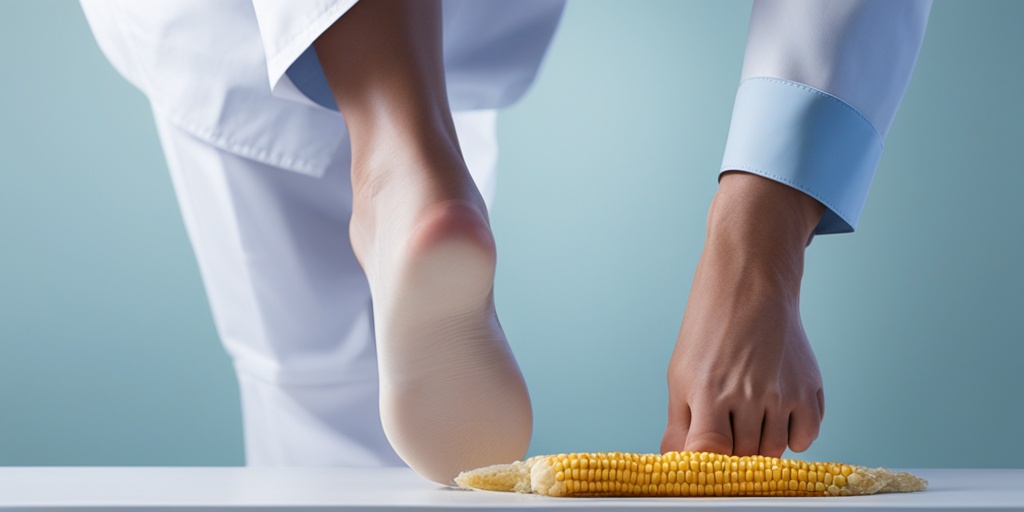
Treatment Options for Calluses and Corns
When it comes to treating calluses and corns, there are several options available. The goal of treatment is to reduce pressure and friction, relieve pain, and promote healing. Here are some common treatment options:
Salicylic Acid
Salicylic acid is a common ingredient found in over-the-counter (OTC) products, such as creams, gels, and pads. It helps to soften the thickened skin, making it easier to remove dead skin cells. You can apply salicylic acid products directly to the affected area, usually 1-2 times a day. However, be cautious when using these products, as they can cause skin irritation and dryness.
Moisturizers
Moisturizers can help to soften calluses and corns, making them less painful. Look for moisturizers that contain ingredients like urea, hyaluronic acid, or shea butter. Apply a thick layer of moisturizer to the affected area, especially after bathing or showering.
Pumice Stones or Foot Files
Pumice stones or foot files can help to remove dead skin cells and smooth out rough patches. Soak your feet in warm water for 10-15 minutes to soften the skin, then gently rub the pumice stone or foot file over the affected area. Be careful not to press too hard, as this can cause further irritation.
Padding and Taping
Padding and taping can help to reduce pressure and friction on the affected area. You can use moleskin or foam padding to cushion the area, and then tape it in place. This can be especially helpful for corns on the toes or feet.
Surgical Removal
In severe cases, surgical removal may be necessary. This is usually done for large or painful corns that don’t respond to other treatments. The procedure involves removing the thickened skin and any underlying bone deformities that may be contributing to the corn.
Home Remedies for Calluses and Corns
In addition to medical treatments, there are several home remedies that can help to alleviate calluses and corns. Here are some effective home remedies:
Baking Soda
Baking soda can help to soften calluses and corns, making them easier to remove. Mix 1 tablespoon of baking soda with 1 tablespoon of water to form a paste. Apply the paste to the affected area and let it sit for 15-20 minutes before rinsing off with warm water.
Castor Oil
Castor oil has anti-inflammatory properties that can help to reduce pain and swelling associated with calluses and corns. Apply a few drops of castor oil to the affected area, 2-3 times a day.
Epsom Salt
Epsom salt can help to soften calluses and corns, making them easier to remove. Add 1-2 cups of Epsom salt to warm water and soak your feet for 10-15 minutes. Then, use a pumice stone or foot file to gently remove dead skin cells.
Tea Tree Oil
Tea tree oil has antiseptic properties that can help to prevent infection and promote healing. Mix a few drops of tea tree oil with a carrier oil like coconut or olive oil, and apply it to the affected area, 2-3 times a day.
Remember to always consult with a healthcare professional before trying any new treatments or home remedies, especially if you have underlying health conditions or concerns. 💡
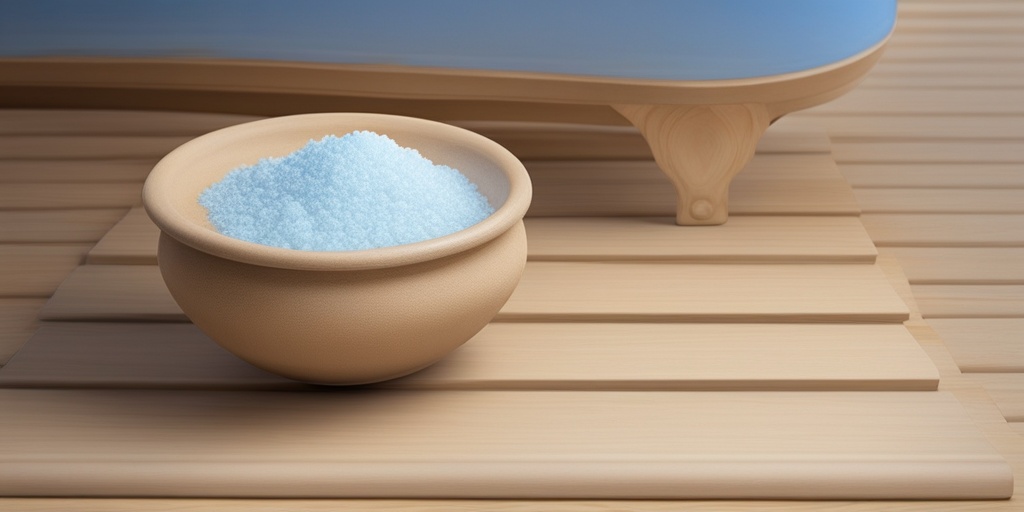
Frequently Asked Questions about Calluses and Corns
What are Calluses and Corns?
Calluses and corns are areas of thickened skin that develop as a result of repeated friction or pressure. They can occur on any part of the body, but are most common on the feet and hands.
What is the Difference between Calluses and Corns?
Calluses are typically larger and more diffuse than corns, and tend to develop on areas of the skin that are subjected to repeated friction or pressure. Corns, on the other hand, are smaller and more localized, and tend to develop on areas of the skin that are subjected to pressure from poorly fitting shoes or other external factors.
What are the Risk Factors for Developing Calluses and Corns?
Risk factors for developing calluses and corns include wearing poorly fitting shoes, having certain medical conditions such as diabetes or arthritis, and engaging in activities that involve repetitive friction or pressure on the skin.
How Can I Treat Calluses and Corns?
Treatment for calluses and corns typically involves reducing friction and pressure on the affected area, and using topical treatments such as salicylic acid or urea to soften and remove the thickened skin. In some cases, surgical removal may be necessary.
Can I Remove Calluses and Corns at Home?
Yes, there are several home remedies that can be used to remove calluses and corns, including using pumice stones or foot files to gently remove dead skin cells, and applying topical treatments such as salicylic acid or urea to soften the skin. However, it’s always best to consult with a healthcare professional before attempting to remove a callus or corn at home.
How Can I Prevent Calluses and Corns from Forming?
Preventing calluses and corns from forming involves taking steps to reduce friction and pressure on the skin, such as wearing properly fitting shoes, using orthotics or arch supports, and taking regular breaks to rest and stretch the feet and hands.
Are Calluses and Corns Painful?
Yes, calluses and corns can be painful, especially if they become inflamed or infected. If you are experiencing pain or discomfort from a callus or corn, it’s best to consult with a healthcare professional for proper diagnosis and treatment.
Can Calluses and Corns be a Sign of an Underlying Medical Condition?
Yes, in some cases, calluses and corns can be a sign of an underlying medical condition, such as diabetes or arthritis. If you are experiencing recurring or persistent calluses or corns, it’s best to consult with a healthcare professional to rule out any underlying conditions.
Can I Use Over-the-Counter Products to Treat Calluses and Corns?
Yes, there are many over-the-counter products available that can be used to treat calluses and corns, including salicylic acid products, urea products, and foot creams. However, it’s always best to consult with a healthcare professional before using any new products, especially if you have a underlying medical condition or are taking any medications.
How Long Does it Take to Recover from Callus or Corn Removal?
The recovery time for callus or corn removal can vary depending on the size and location of the callus or corn, as well as the method of removal. In general, it can take several days to a week for the skin to fully heal after removal.
Can I Get Calluses and Corns on Other Parts of My Body?
Yes, calluses and corns can occur on any part of the body that is subjected to repeated friction or pressure, including the hands, knees, and elbows.
Are Calluses and Corns Contagious?
No, calluses and corns are not contagious and cannot be spread from person to person.
Can I Prevent Calluses and Corns from Coming Back?
Yes, there are several steps you can take to prevent calluses and corns from coming back, including wearing properly fitting shoes, using orthotics or arch supports, and taking regular breaks to rest and stretch the feet and hands.

